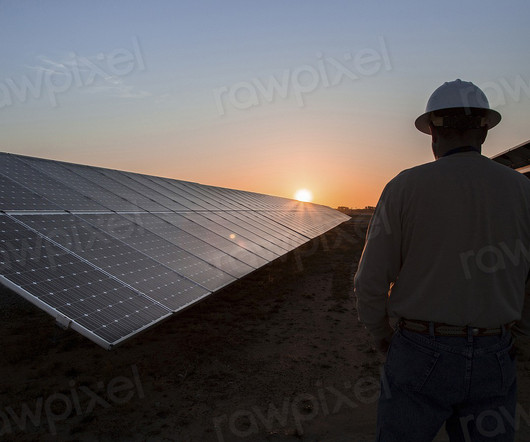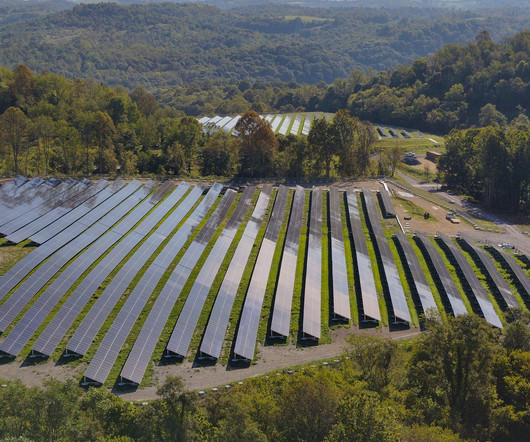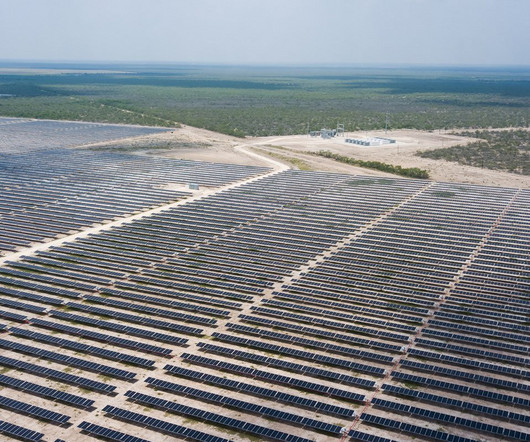EPRI, 8 automakers and 15 utilities to create an open grid integration platform for plug-in electric vehicles
Green Car Congress
JULY 29, 2014
The Electric Power Research Institute, 8 automakers and 15 utilities are working to develop and to demonstrate an open platform that would integrate plug-in electric vehicles (PEVs) with smart grid technologies enabling utilities to support PEV charging regardless of location. Automakers and V2G. Earlier post.) Earlier post.) Earlier post.).



































Let's personalize your content